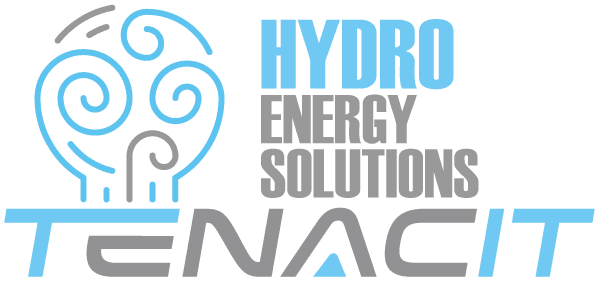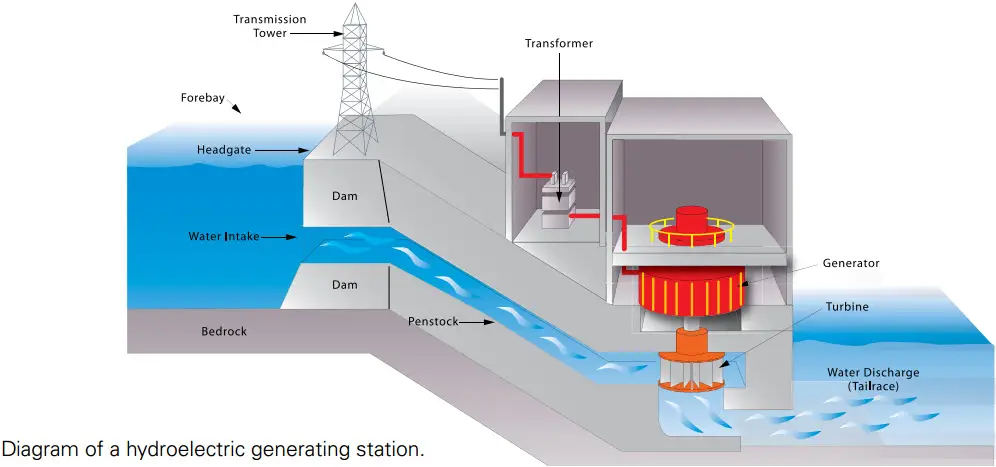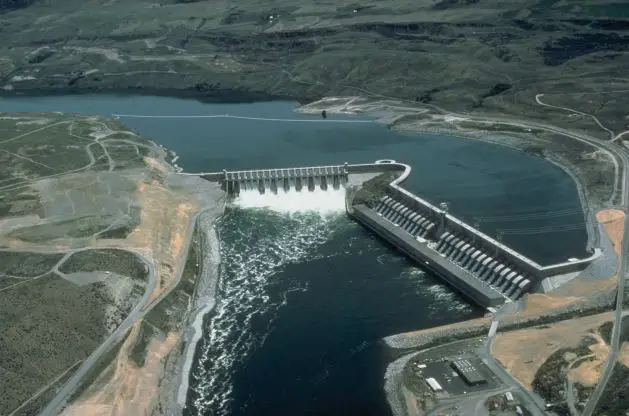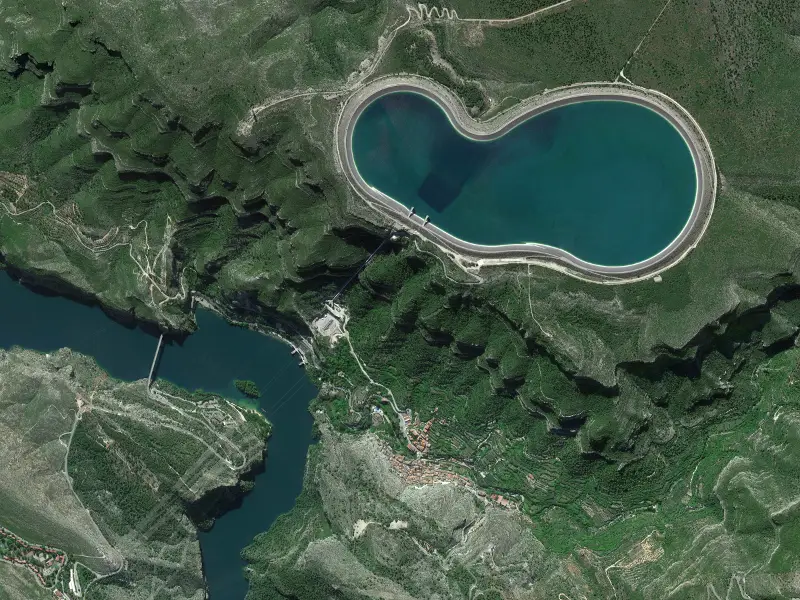The power of water...a phrase that has been used for centuries.
Thousands of years ago, people used hydropower to turn paddle wheels on rivers to grind grain. Before steam power and electricity were available in the United States, grain and lumber mills were powered directly with hydropower.
There are about 1,450 conventional and 40 pumped-storage hydropower plants operating in the United States.




